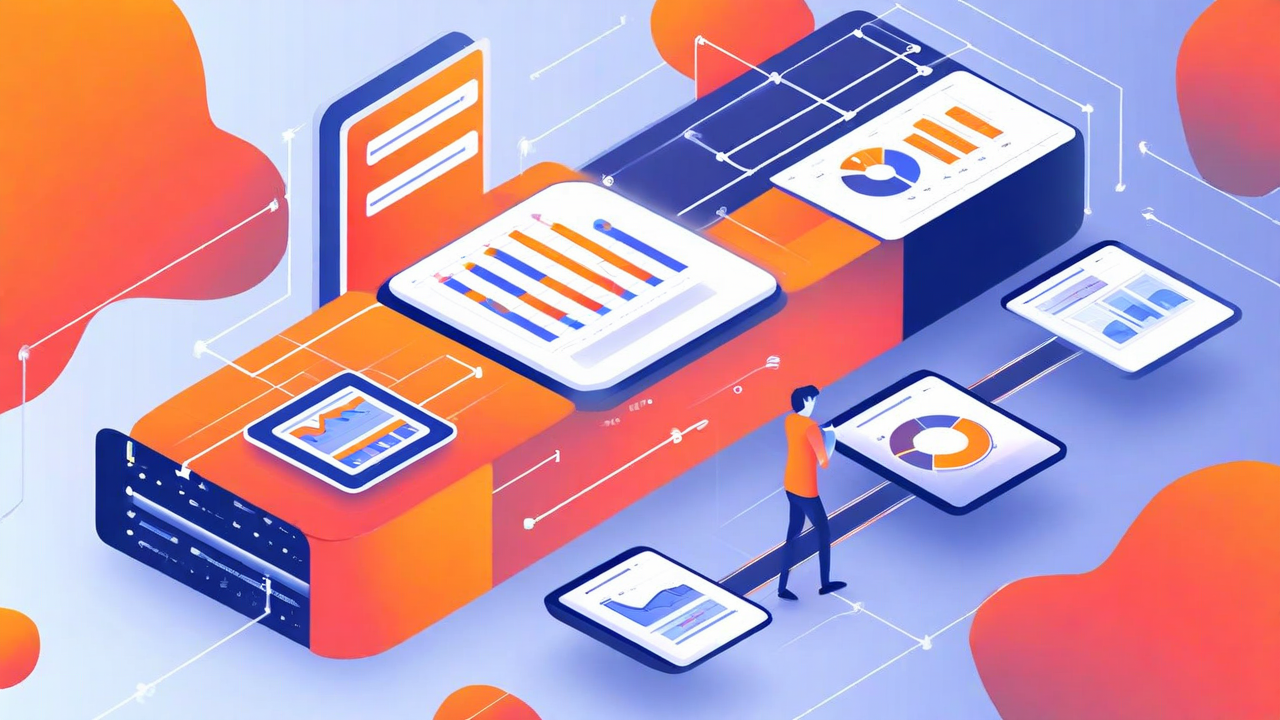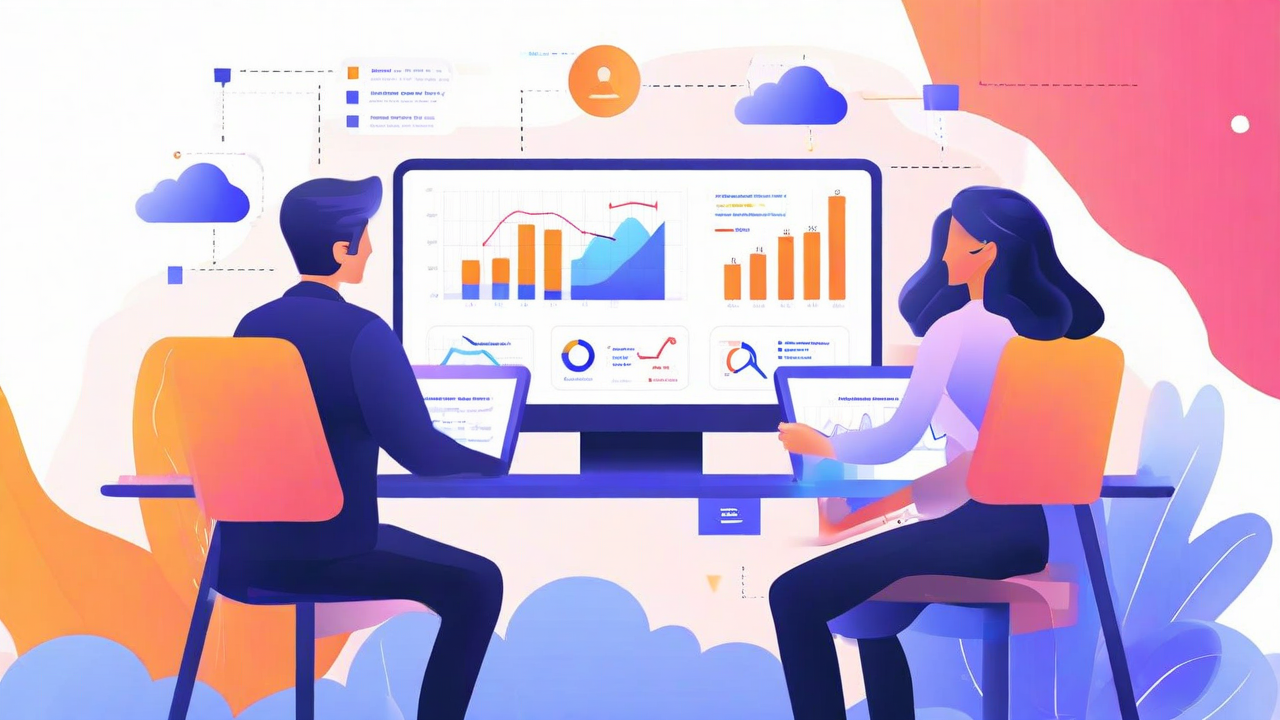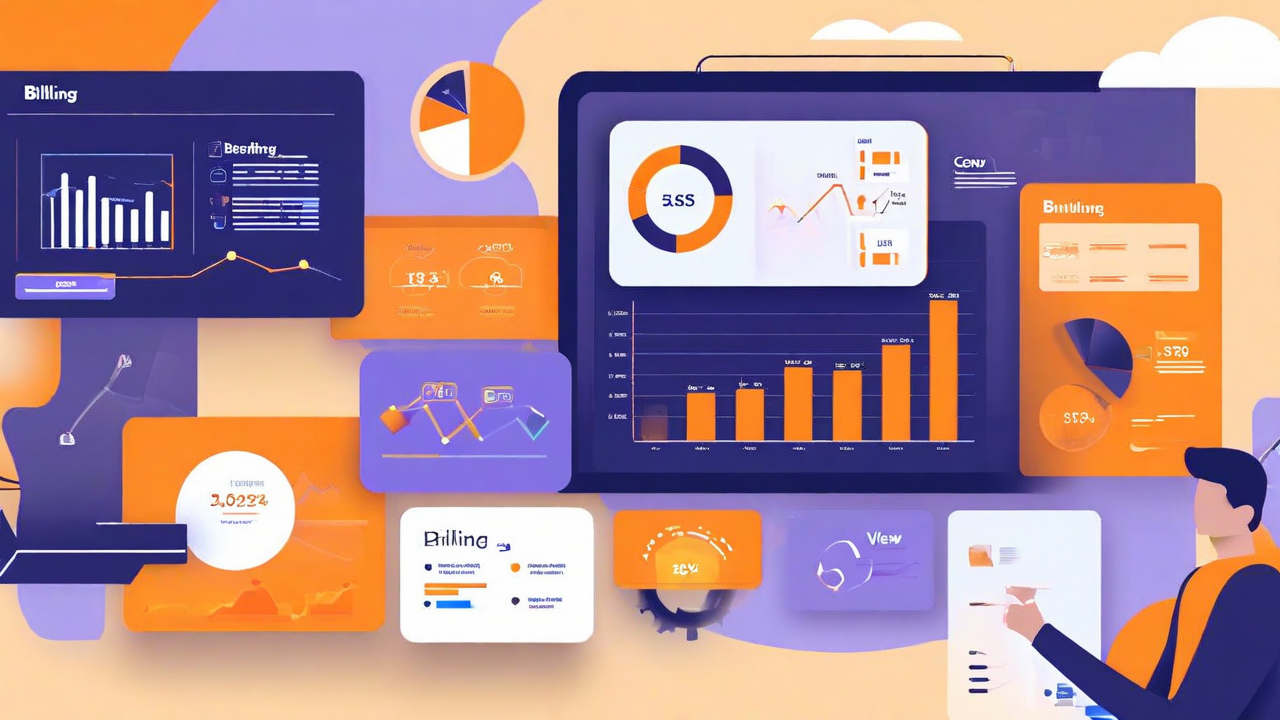Exploring Quick Suite’s New Chat Agents

Exploring Quick Suite’s New Chat Agents: Conversational Access to Data
Amazon Quick Suite’s new Chat Agents feature introduces a more conversational way to interact with your organization’s data. Instead of navigating dashboards, filtering visuals, or searching through documentation, users can now ask questions in plain language and receive intelligent, context-aware responses.
What makes this feature especially flexible is the ability to create custom chat agents tailored to specific departments, teams, or projects. Each agent can be designed around unique data sources and goals — helping sales track performance, HR access documentation, or project managers monitor progress — all while ensuring users only see information they’re authorized to view.
Quick Suite offers two kinds of chat agents, each serving a distinct purpose within your organization.
System Chat Agent
Every user automatically has access to a system chat agent, known as “My Assistant.” This default agent acts as a general-purpose conversational planner. It doesn’t store data or perform predefined actions on its own — instead, it dynamically accesses whatever content a user has permission to view at the time of the chat.
Admins can assign owners to manage the system agent’s persona, tone, and configuration. It supports advanced features like file uploads, large language model (LLM) knowledge access, web search integration, and built-in safeguards for security and responsible use.
In short, the system agent provides a universal, secure assistant experience — automatically adapting to each user’s available resources.
Custom Chat Agents
Beyond the system assistant, teams can create custom chat agents for specialized use cases. For example, a sales operations team might build an agent that focuses exclusively on performance metrics, while HR might configure one that provides instant access to policies or onboarding documentation.
Custom agents can be shared across teams, restricted to specific groups, or built around particular datasets and topics. Each agent’s responses are scoped to the invoking user’s permissions, ensuring that information remains securely contained within approved boundaries.
Everyday Use: Turning Conversations into Insights
For many users, data analysis involves searching across dashboards, combining filters, and exporting reports. Chat agents simplify this process by providing a direct conversation channel to the information that matters most.
Here’s how they can improve day-to-day workflows:
- Consolidated answers, fewer dashboards: Instead of opening multiple dashboards, you can ask an agent for performance metrics, summaries, or trends — even at different aggregation levels than what your visuals currently support.
- Interactive analysis: Chat agents allow natural back-and-forth conversations, helping users refine their questions and clarify findings — a more fluid experience than interpreting static charts.
- Integrated web search: Agents can reference relevant online sources, pulling in information that complements your organization’s own data.
- Action connectors: Agents can be configured to trigger actions directly from chat, letting users send reports, update records, or initiate workflows simply by asking.
How Various Teams Can Use Chat Agents
To understand the practical benefits, here are a few ways businesses might put Chat Agents to work:
- Sales Management
Build an agent that compares sales performance against budget or forecasts. Ask questions like, “Which regions exceeded targets this quarter?” or “How do Q2 sales compare to last year?” Then, drill down by month or product line to uncover trends. - Project Management
Use an agent to track milestones and progress. A manager might ask, “Which projects are at risk of delay?” or “Show me tasks that missed their deadlines this week.” The agent can summarize task status and even suggest next steps based on project data. - Human Resources
Create an HR-specific agent that centralizes internal resources. Team members could ask, “Where can I find the latest benefits policy?” or “What’s the process for remote work approval?” The agent responds using linked internal documentation, reducing repetitive questions to HR staff.
Additional Points of Interest
- Permissions-aware: Chat agents automatically respect existing user permissions, ensuring that responses only include data the user is authorized to access.
- Space integration: Agents can be linked to a Space, enabling access to both structured (datasets, dashboards) and unstructured (documents, notes) data sources within that environment.
- Topic integration: Agents can also connect to Topics, allowing users to explore datasets that might not yet be included in dashboards — making it easier to query raw or exploratory data directly.
In Summary
Quick Suite Chat Agents bring data access and collaboration into a conversational format, helping everyday users find answers faster and work more efficiently. Whether used for monitoring metrics, managing projects, or accessing internal knowledge, chat agents adapt to your organization’s data environment while keeping permissions, structure, and context intact.
.svg)



